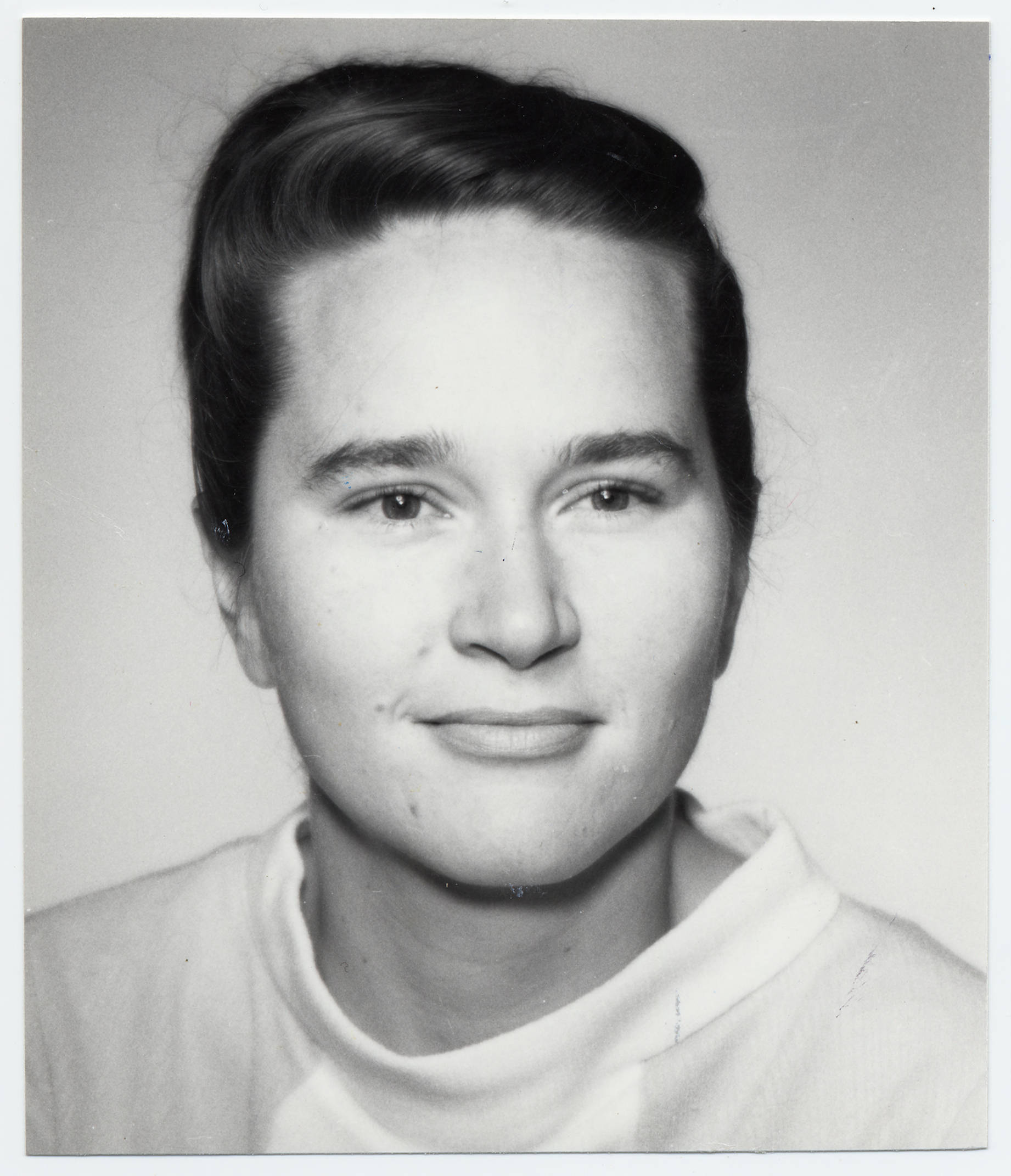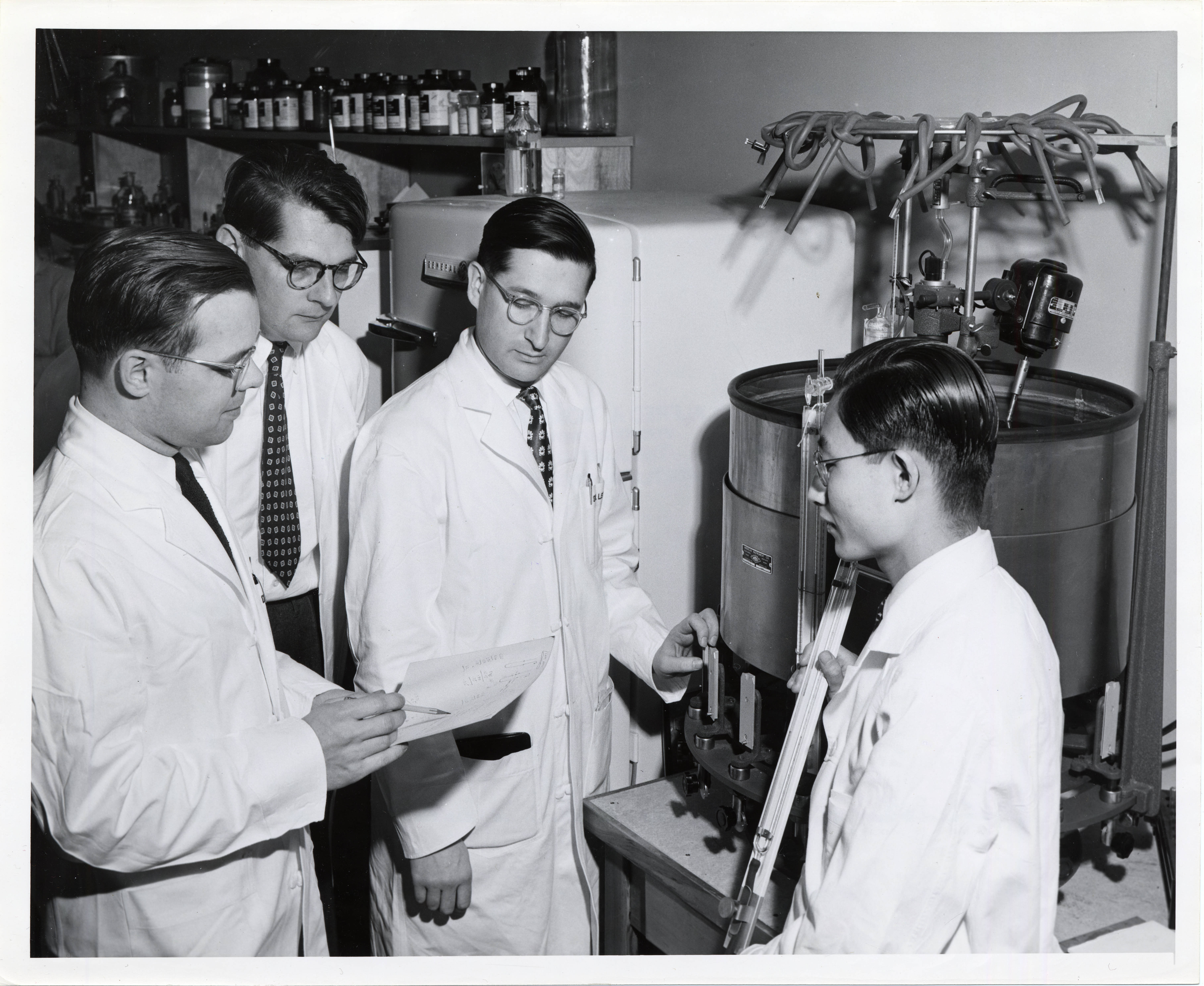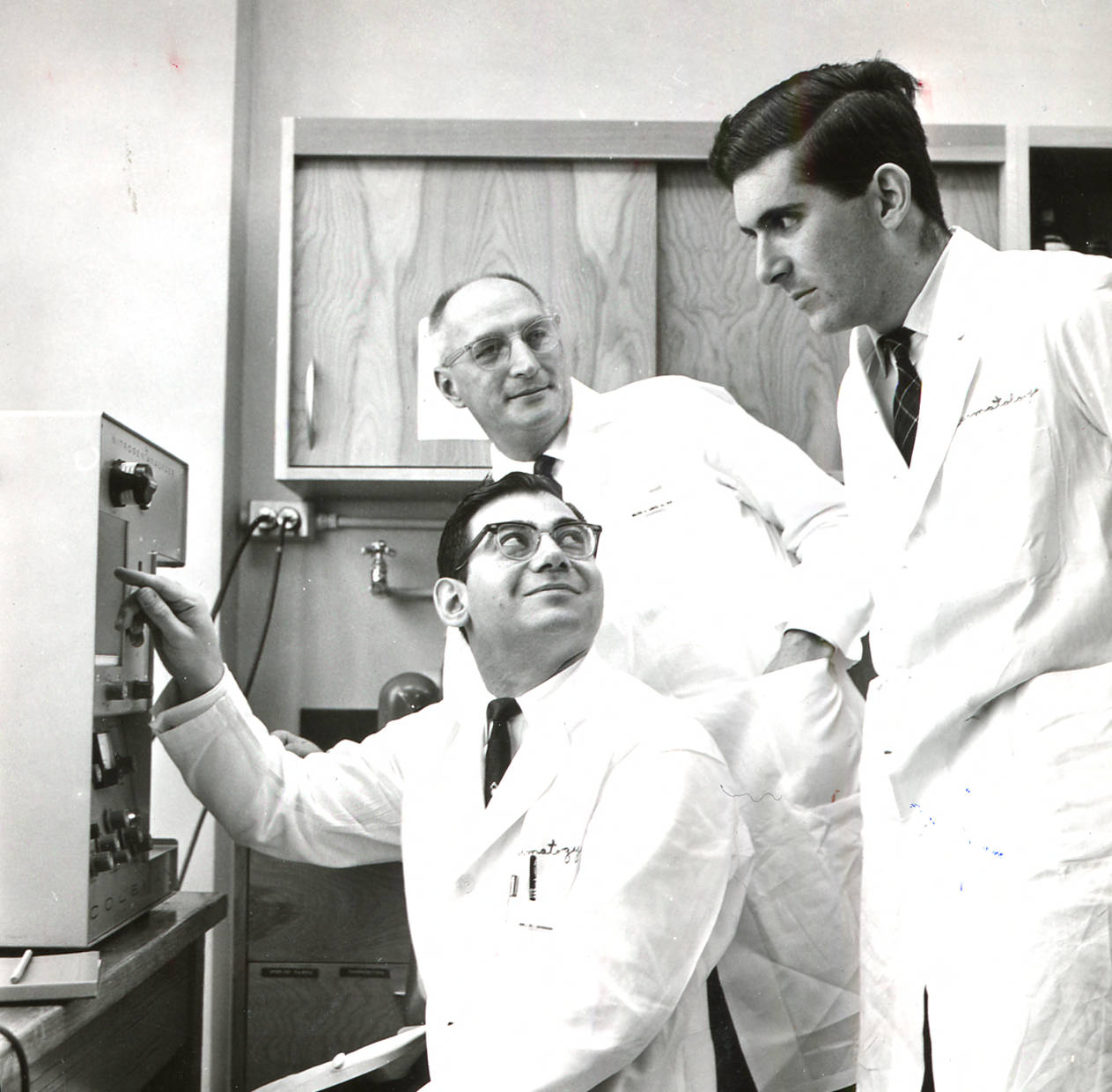The man known as the “dean of pigmentation,” Aaron Bunsen Lerner, spent three years in Oregon doing research that proved vital in understanding mammalian skin color.
Lerner, called “The Bunsen Burner” by his high school classmates, was a scientist’s scientist. Born in 1920, he later took Bunsen as his middle name. He earned his M.D. and Ph.D. degrees from the University of Minnesota, both in 1945. In 1952, he moved to Oregon with his friend and colleague Thomas B. Fitzpatrick, who was the newly appointed head of the University of Oregon Medical School’s Division of Dermatology.
Throughout their careers, including their time in Oregon, Lerner and Fitzpatrick produced seminal research on pigmentation. Their work ultimately led to treatments for many skin disorders. “They were the pair that put dermatology research on the map,” said Dr. Ethan Lerner, Aaron Lerner’s son, who is a dermatologist and researcher at Harvard Medical School.
Lerner left Oregon in 1955 to become chief of dermatology at Yale University, and Fitzpatrick eventually became chair of dermatology at Harvard University. Lerner spent the rest of his career at Yale, where he reached the pinnacle of his specialty. He was the first dermatologist elected to the prestigious National Academy of Sciences.
The color of skin was a lifelong fascination for Lerner. He believed that the twenty-first century would bring cures for vitiligo, melanoma, and many other pigmentary disorders and that someday people would be able to change the color of their skin at will.
Fitzpatrick and Lerner were the first to use psoralen (a plant derivative that increases skin sensitivity to light) together with ultraviolet light to treat psoriasis, vitiligo, dermatitis, and other skin disorders. They were also the first to treat eczema with topical steroids (fluorinated compounds), a therapy that is still widely used.
During his years in Oregon, Lerner began the isolation of melanocyte-stimulating hormone (MSH), a hormone that he and Fitzpatrick suspected could darken skin color. Those studies set the stage for Lerner’s isolation of MSH at Yale in 1956. He injected the MSH first into frog skin before trying it in humans in the early 1960s.
The January 21, 1969, issue of the journal Nature described Lerner and Dr. Joseph McGuire's experiment to darken the skin of four African Americans using MSH. Journalist Grace Halsell, the author of Soul Sister (1969), was among several whites who darkened their skin to examine social issues of the 1960s.
In 1957, Lerner and his colleagues isolated and determined the molecular structure of melatonin; they published their results in 1958. The discovery of the hormone set off a cascade of research, including groundbreaking studies by Oregon Health and Science University researchers in the 1980s that elucidated melatonin’s role in biologic rhythms.
Aaron B. Lerner died on February 3, 2007, in New Haven, Connecticut.
-
![]()
Aaron B. Lerner.
Courtesy Yale University
-
![]()
View of southwest hills and OHSU, 1949.
Oregon Historical Society Research Library, Monner, Org. Lot 1284_1522
Related Entries
-
![Frances J. Storrs (1939-)]()
Frances J. Storrs (1939-)
Frances Storrs, an acclaimed physician and dermatologist, helped clear …
-
![Thomas B. Fitzpatrick (1919-2003)]()
Thomas B. Fitzpatrick (1919-2003)
Thomas B. Fitzpatrick, M.D., Ph.D., was a twentieth-century superstar i…
-
![Walter Lobitz, Jr. (1911-2006)]()
Walter Lobitz, Jr. (1911-2006)
Walter Lobitz Jr. was one of the most influential dermatologists in Ore…
Map This on the Oregon History WayFinder
The Oregon History Wayfinder is an interactive map that identifies significant places, people, and events in Oregon history.
Further Reading
Crissey, John Thorne, Lawrence Charles Parish, and Karl Holubar. Historical Atlas of Dermatology and Dermatologists. New York: The Parthenon Publishing Group, 2002, 159.
Lerner, Ethan. "Aaron B. Lerner, 1920-2007." Journal of Investigative Dermatology 127 (2007), 2077-2079.





